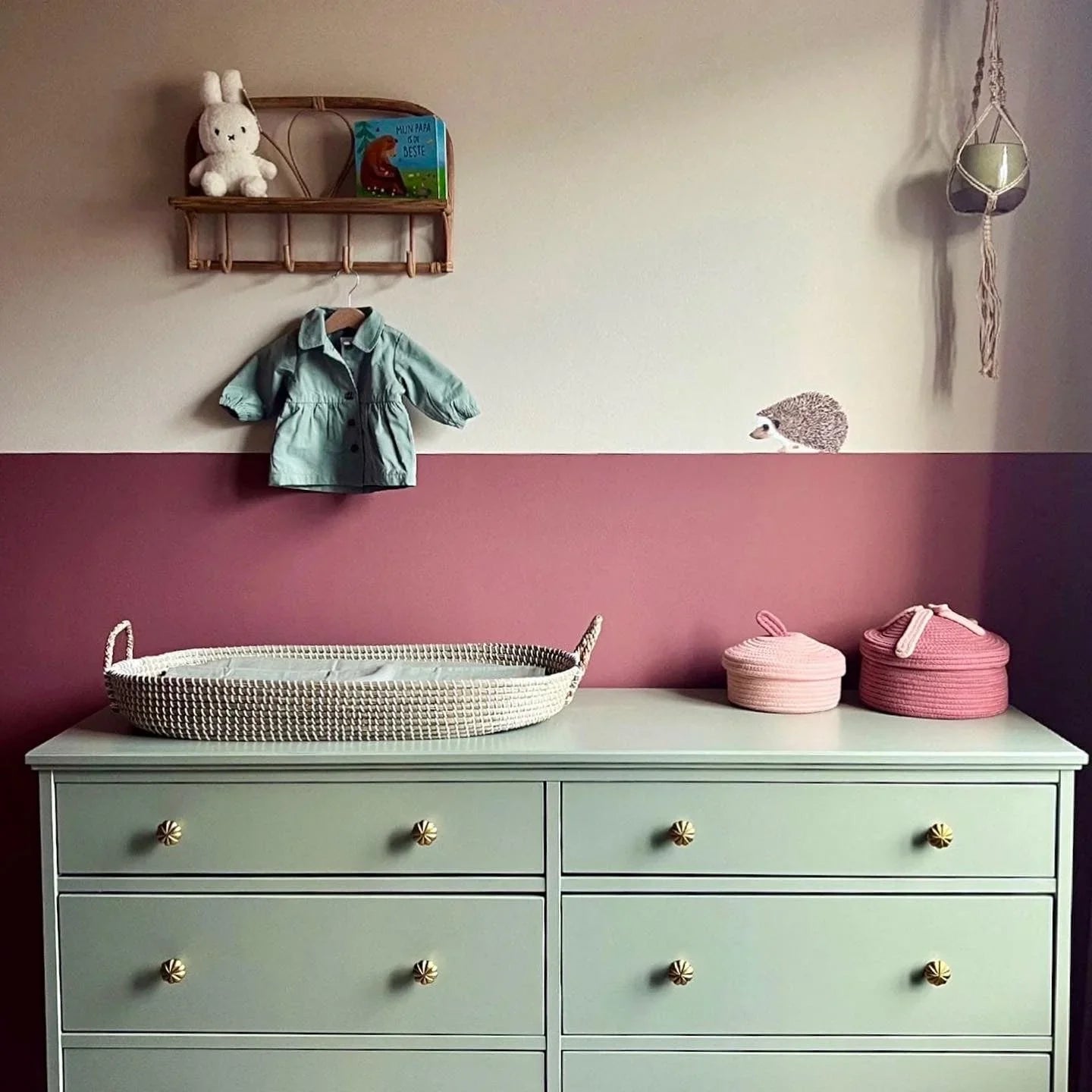When painting your home, you might focus on color and finish, but have you ever thought about what's inside the paint itself? Many traditional paints contain volatile organic compounds (VOCs) — chemicals that can evaporate into the air and affect indoor air quality. These compounds contribute to the familiar “paint smell” and may continue releasing emissions even after the paint has dried.
Choosing VOC-free paint reduces these emissions, creating a safer and healthier indoor environment. Whether you're painting walls, furniture, or wood surfaces, understanding the role of VOCs and the benefits of using a paint with minimal emissions can help you make an informed decision.
What are VOCs and why are they in paint?
VOCs, or volatile organic compounds, are chemical solvents used in many conventional paints. They help paint dry faster, improve adhesion, and create a smooth finish. However, as the paint dries, some of these compounds evaporate into the air in a process called off-gassing.
Different countries define VOC limits differently, and not all VOCs behave the same way. While some paints are formulated with significantly lower emissions, no paint can be considered completely free of all evaporative compounds. However, VOC-free paints are formulated to minimize these emissions as much as possible.
The impact of VOCs in paint
VOCs have been widely studied for their effects on indoor air quality and the environment. Their presence in paints can lead to:
- Reduced air quality – Some VOCs contribute to indoor air pollution, affecting ventilation-sensitive areas like bedrooms and nurseries.
- Sensitivity concerns – For people with allergies, respiratory conditions, or chemical sensitivities, reducing VOC exposure can be beneficial.
- Environmental emissions – Some VOCs contribute to the formation of smog and air pollution outdoors.
Using a VOC-free or low-VOC paint is a proactive way to limit exposure to unnecessary chemicals in indoor spaces.
Why VOC-free paint is a better choice
Using a VOC-free paint provides several advantages:
- Minimal emissions – Reduced off-gassing means fewer airborne compounds in your home.
- Improved indoor air quality – Ideal for enclosed spaces where ventilation may be limited.
- Better for people with sensitivities – Especially beneficial in households with young children or individuals with allergies.
- Supports sustainability efforts – Lower emissions mean a reduced environmental footprint.
While low-VOC paints are a step in the right direction, VOC-free options take emissions reduction even further. However, it’s important to recognize that no paint is ever truly at “zero,” as trace amounts of emissions can occur from natural ingredients as well.
What makes Painting the Past’s VOC-free paint different?
Painting the Past prioritizes high-quality ingredients while ensuring its VOC-free paint meets strict environmental standards. Our paints are formulated to:
- Contain no intentionally added VOC solvents – minimizing unnecessary emissions.
- Offer excellent adhesion and durability – with a smooth, long-lasting finish.
- Be a responsible choice – meeting stringent quality controls while maintaining a commitment to safe, sustainable materials.
Final thoughts
Choosing VOC-free paint is a simple yet effective way to create a healthier home environment. While different countries have varying definitions of what qualifies as VOC-free, selecting a paint with reduced emissions and high-performance qualities ensures you’re making a choice that balances health, sustainability, and durability.
Looking for a paint that minimizes emissions without compromising performance? Explore Painting the Past’s VOC-free Wood Paint Collection today.




